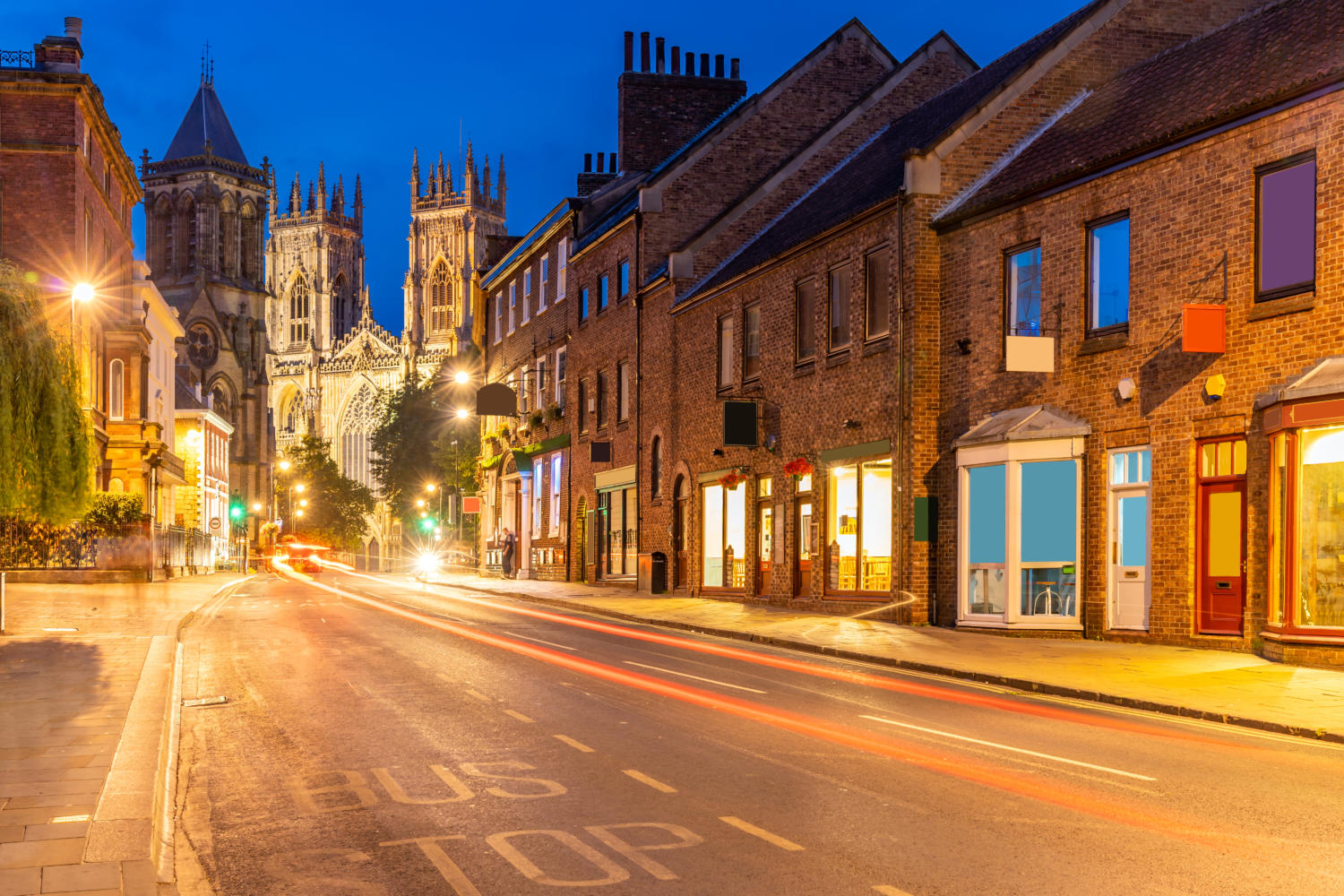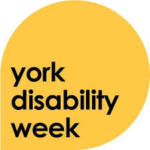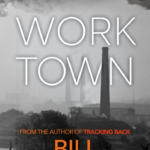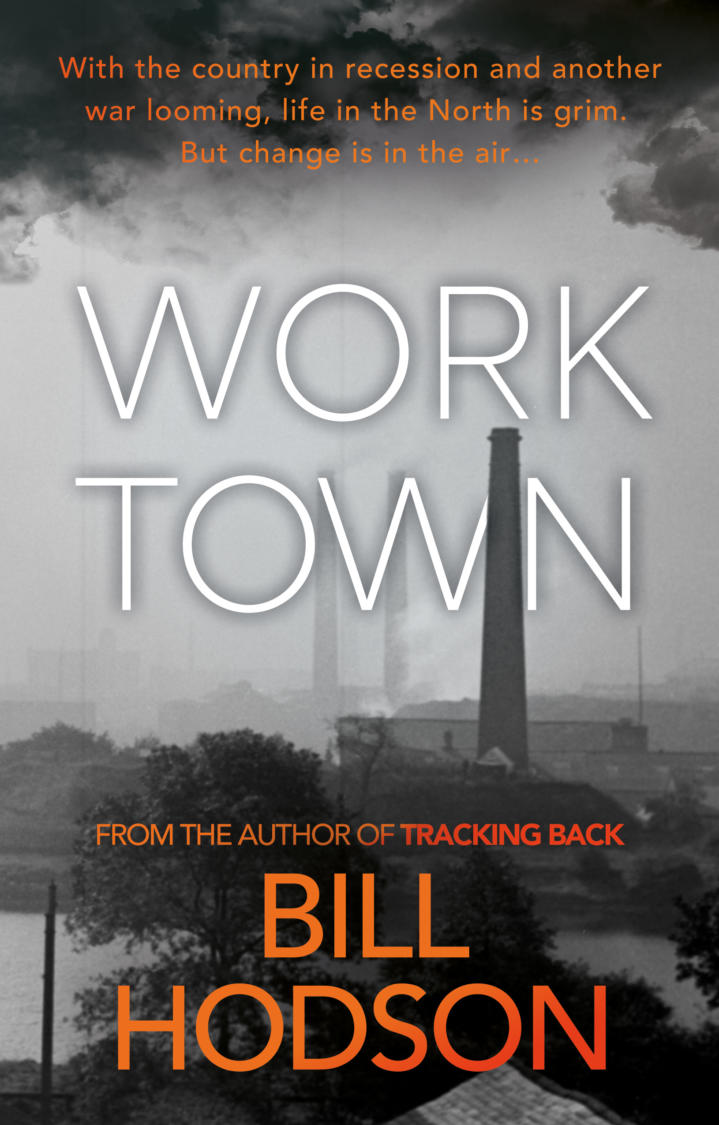Other than a brief period in 2020—when road use drastically decreased in line with lockdown measures—congestion has always been a major problem in York. It’s the main reason why, except during lockdown, the city has struggled to meet its air pollution targets.
That was until last year.
Air quality monitoring in areas such as Gillygate and Bootham showed that maximum annual levels of nitrogen dioxide pollution improved by 27% in 2024 compared to 2023. And the council reports that every area across the city is now meeting national air pollution targets.
The council puts the improvement down to the combined efforts of “the council, its partners, and residents.” They’ve highlighted the further electrification of buses and council vehicles, policies that incentivise residents using low-emission taxis, anti-idling campaigns that encourage drivers to turn off engines when stationary, and the expansion of electric vehicle (EV) charging infrastructure.
Cllr Jenny Kent, the Council’s Executive Member for the Environment and Climate Emergency, said:
“This is brilliant news. By being proactive on improving the air we all breathe, the council has helped to meet air pollution targets for the first time ever in York.”
Air pollution is linked to up to 43,000 deaths in the UK every year, so keeping York well within these limits makes a huge difference to ensuring our city is as heathy as possible. Let’s keep up the fantastic work!
You can read the full report at: democracy.york.gov.uk











Add a comment